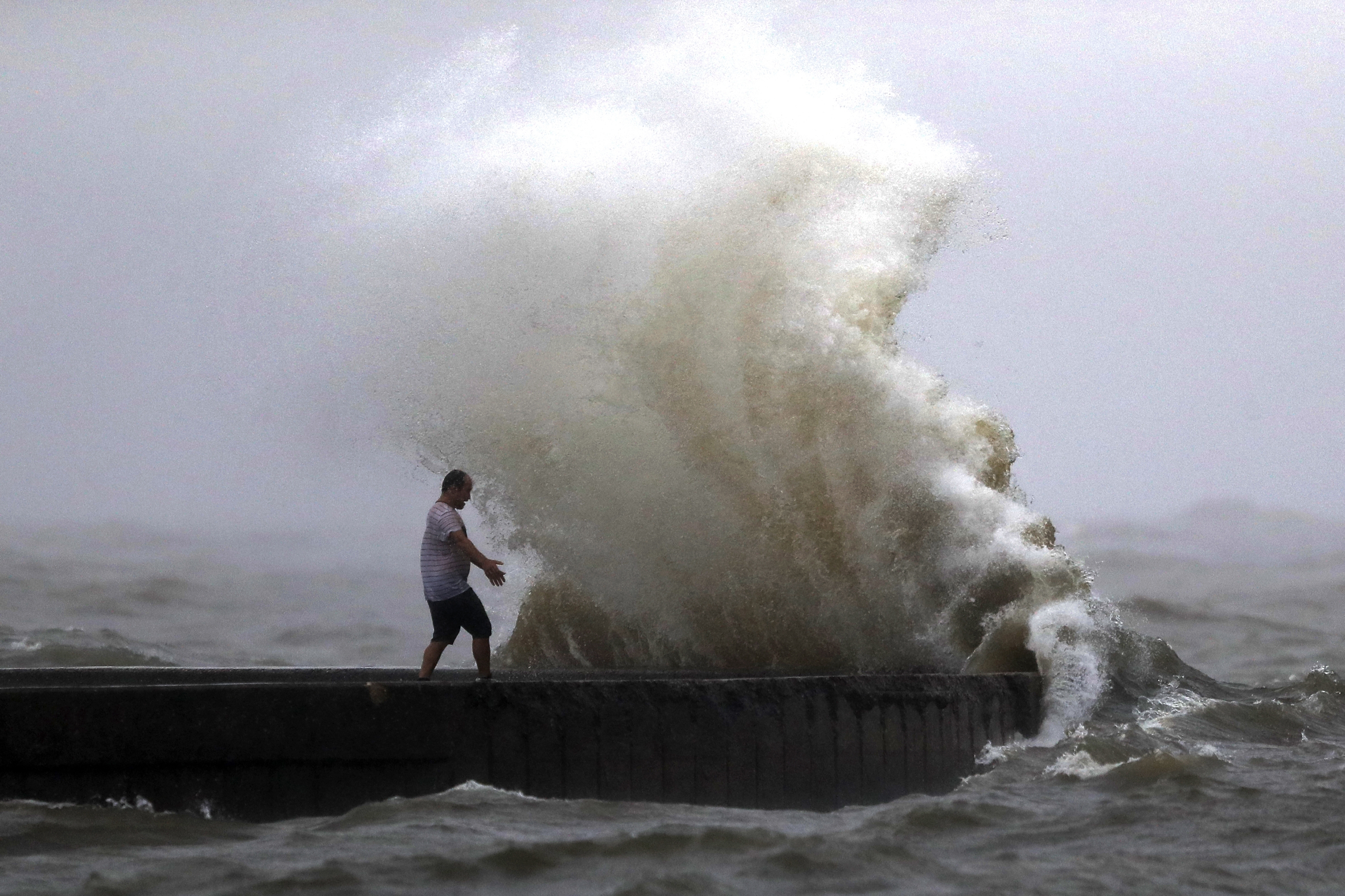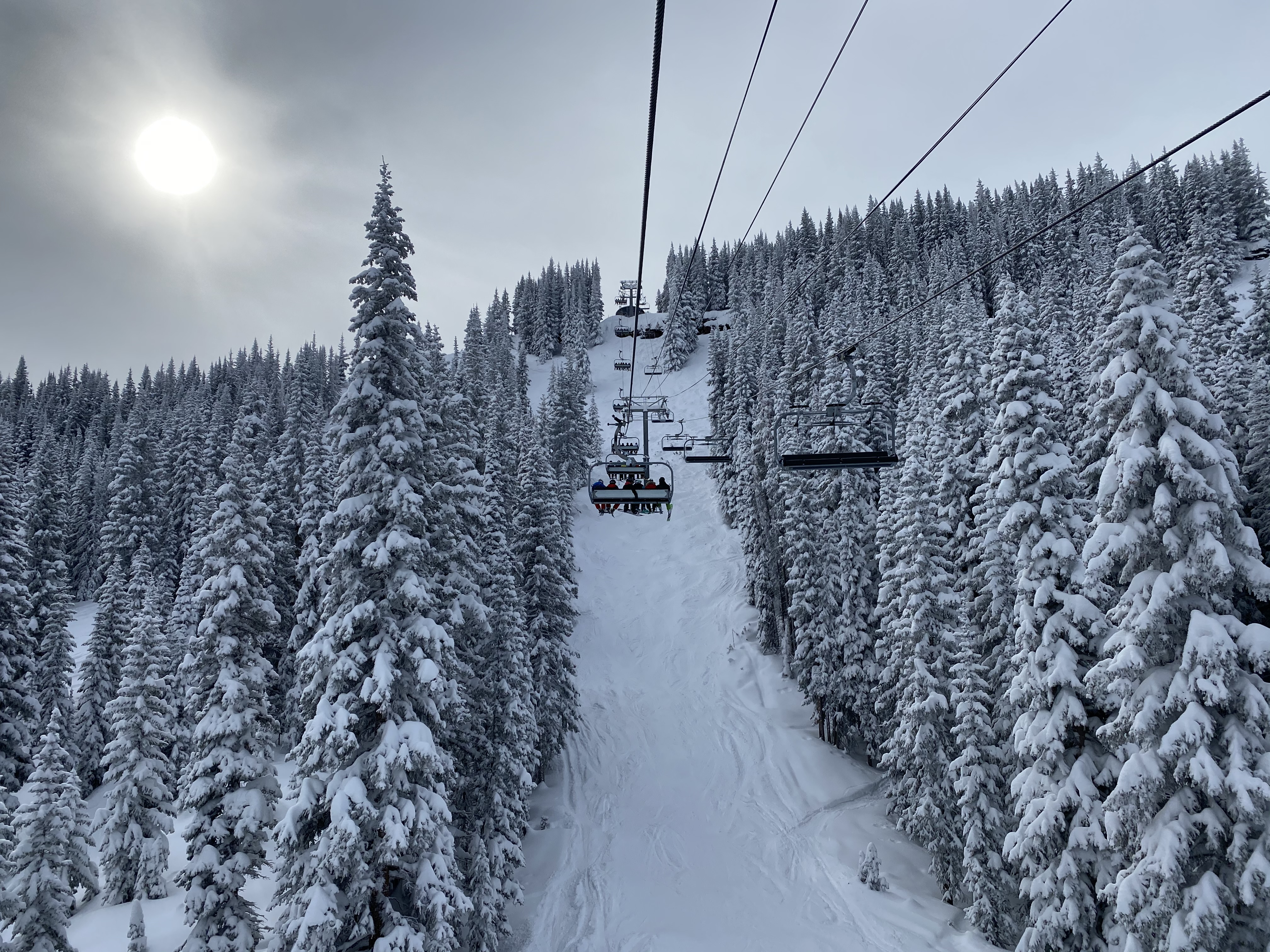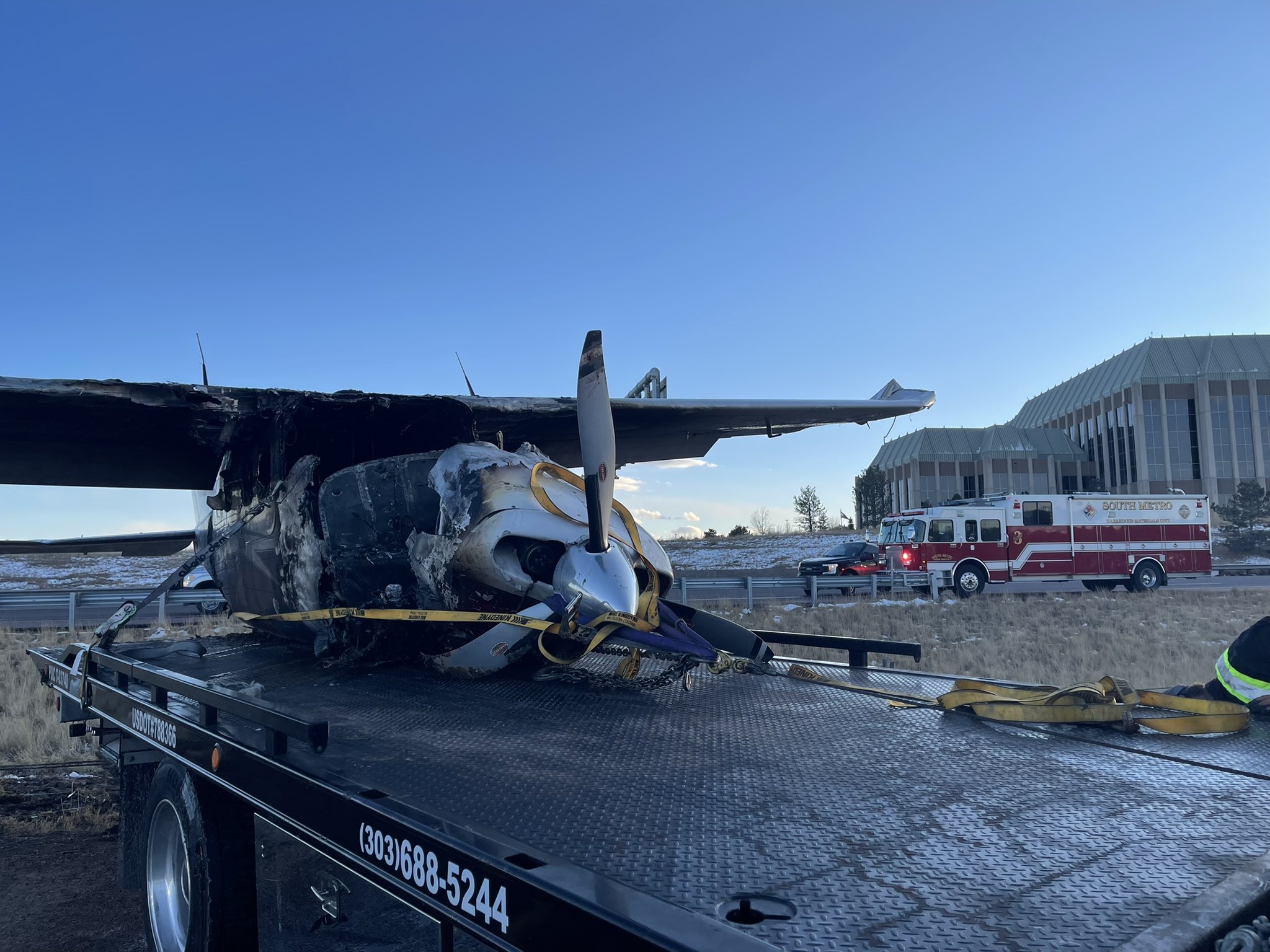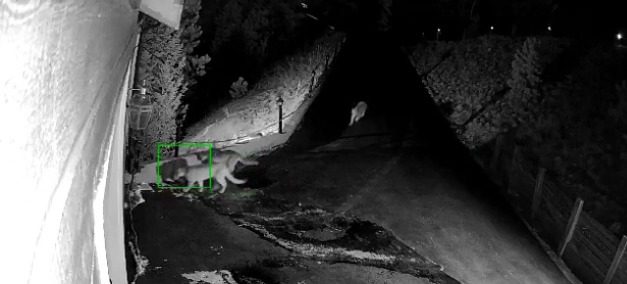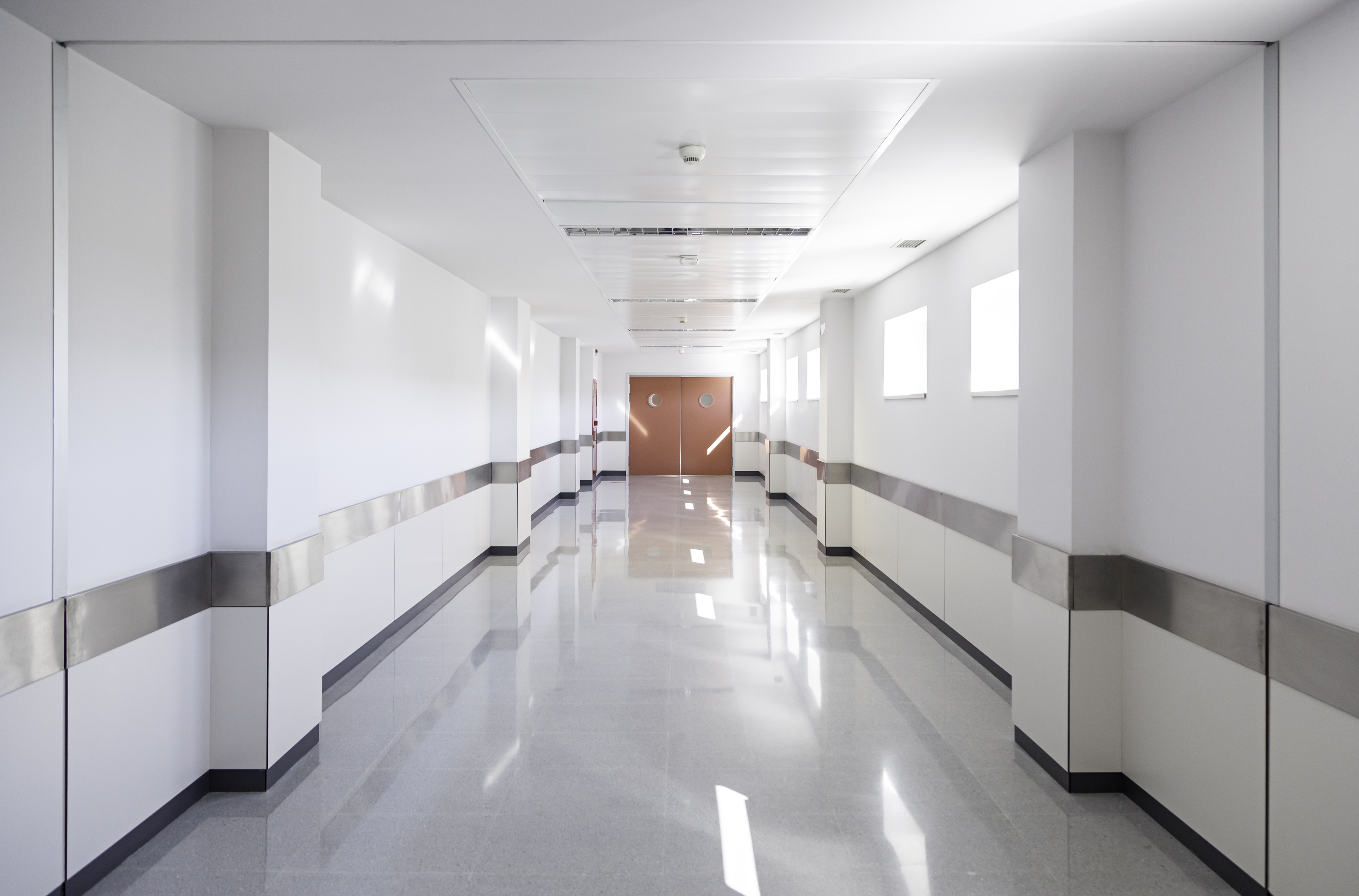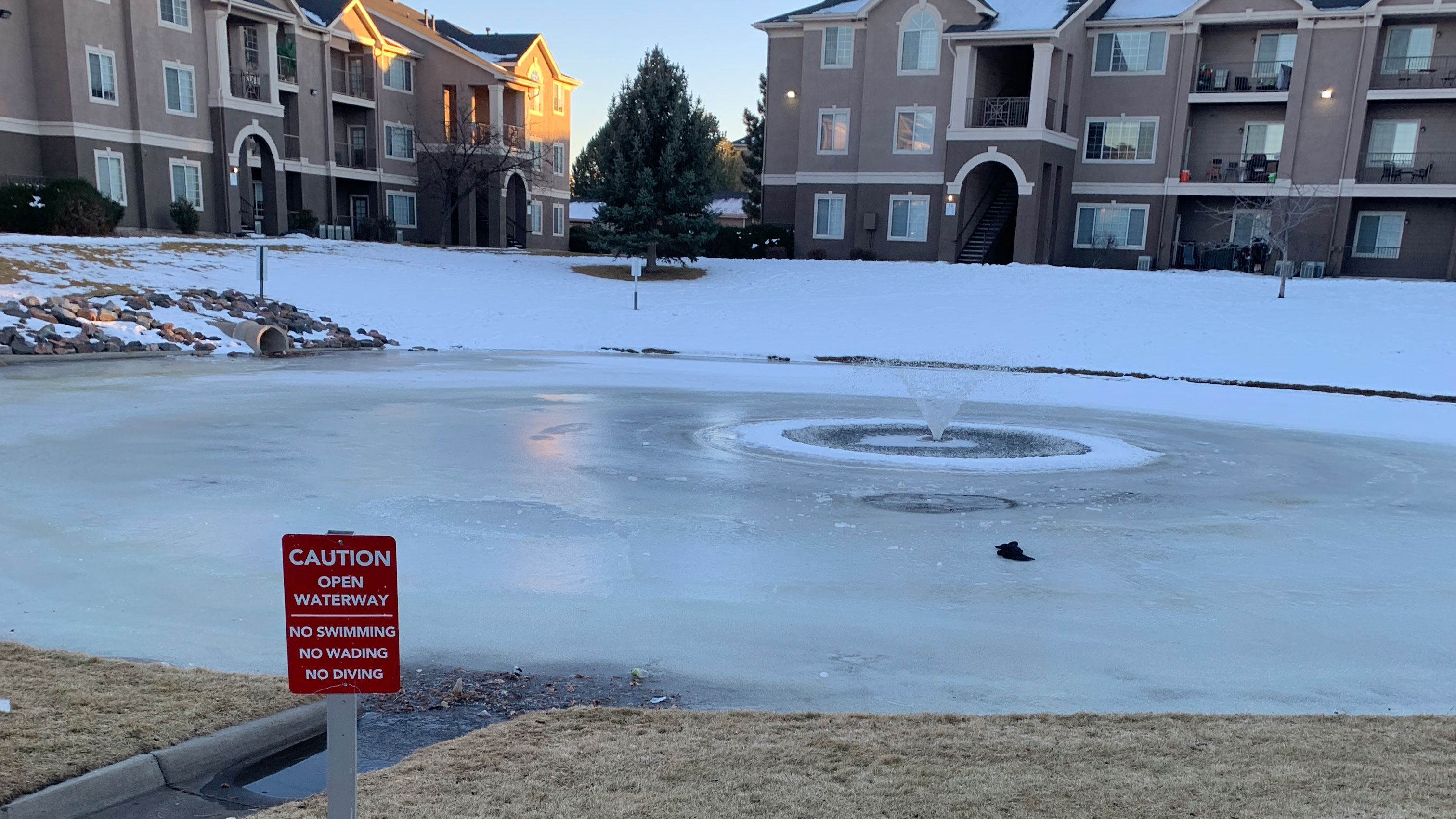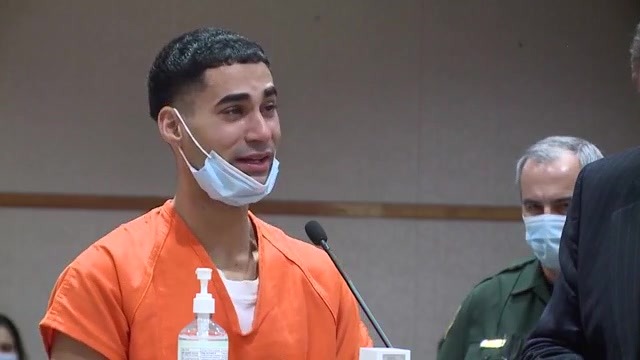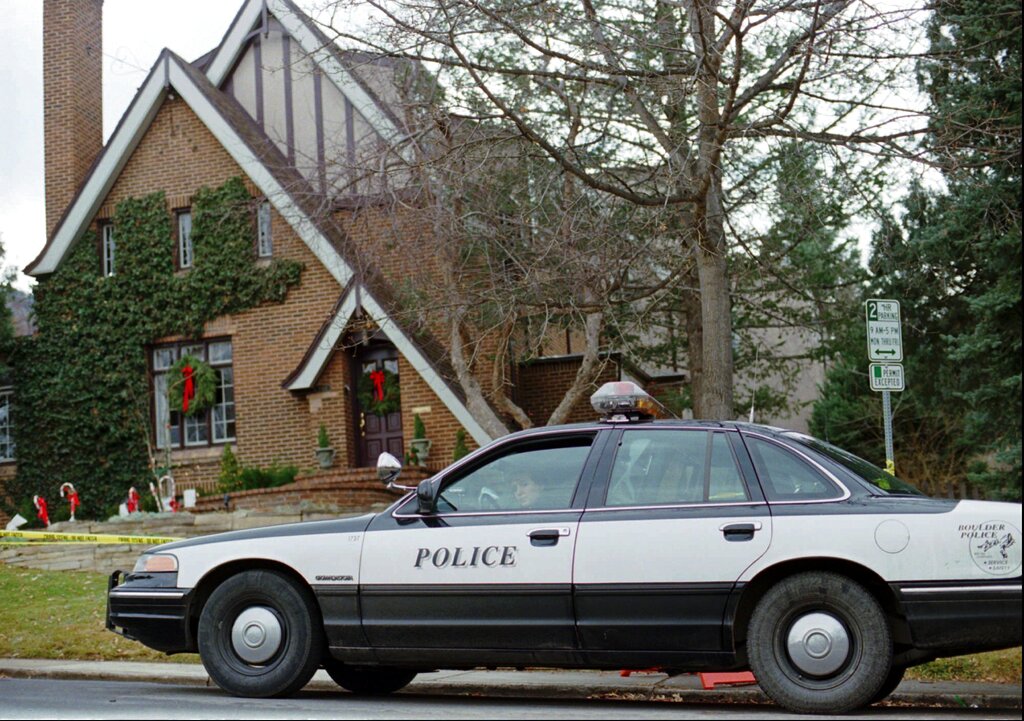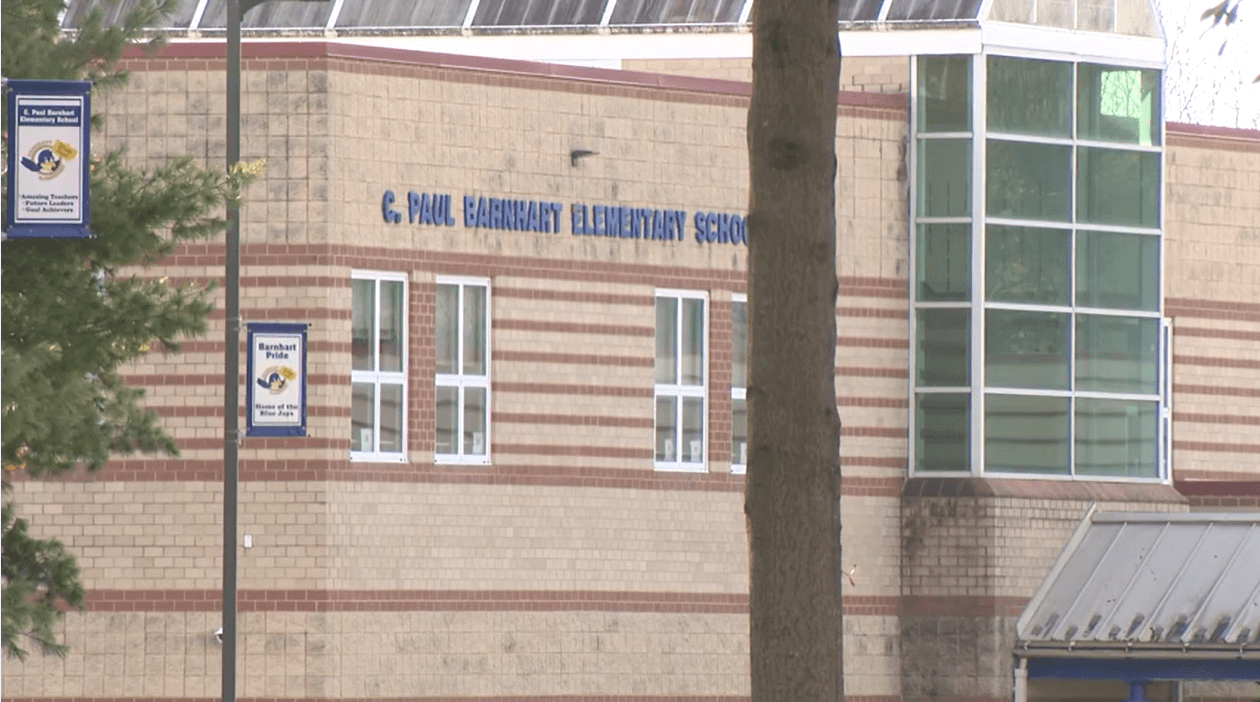NORFOLK, Va. (WAVY) – The cargo ship that caused the March 26 collapse of the Francis Scott Key bridge in Baltimore arrived in Hampton Roads after a 20-hour journey down the Chesapeake Bay.
The Dali, which had remained at the Port of Baltimore since the collapse, was overseen by the Coast Guard Cutter Sailfish, an 87-foot Marine Protector-class patrol boat, during the journey.
Watchstanders in the Fifth Coast Guard District, including Portsmouth, closely monitored the Dali’s movement while the Cutter Sailfish provided a 500-yard safety zone around the vessel.
According to the U.S. Coast Guard Mid-Atlantic, the Dali sailed under its own power under their full crew of 22, along with six salvage exerts from Resolve Marine.

Four members of the original crew were onboard the ship during the journey to ensure there were people onboard familiar with the ship. Once the Dali docked, these four members departed, and the new crew will stay on board during repairs.
Four commercial tugboats also joined the Dali on the journey, and the salvage vessel Interceptor from Resolve Marine followed closely behind.
Around 17,000 cargo containers were offloaded at the Virginia International Gateway (VIG) in Portsmouth to reduce draft, leaving behind roughly 27,000 containers on board as they transfer to the Norfolk International Terminals (NIT) North.
The Port of Virginia says Dali arrived at NIT North Wednesday night. The vessel will undergo repairs from damage caused by the bridge collapse. The Coast Guard estimates it will be at NIT for about two months getting repaired.
Captain Jennifer Stockwell with the U.S. Coast Guard told 10 On Your Side they are not aware of any underwater damage, meaning there might not be a need for a dry dock.
“Dockside, they can definitely conduct a lot of the maintenance right there,” Stockwell said. “I don’t know if it will be fully repaired by the time it’s ready to depart the Hampton Roads region, but we’re optimistic that it will definitely be seaworthy.”
Stockwell added that the Coast Guard will occasionally do transports like these for large vessels in need of repair, but states it is still a rare moment.
“We do receive vessels that are damaged from time to time, and help facilitate resolution,” Stockwell said. “This one obviously is very different because of the level of destruction. Those transits overseas are much more extreme. We want to make sure that vessel and crew are protected.”
In order to keep the maritime community informed during the Dali’s journey, the Coast Guard used Safety Marine Information Broadcasts via VHF radio channel 16.
For more information on the response regarding the Francis Scott Key bridge collapse, click the link here.
